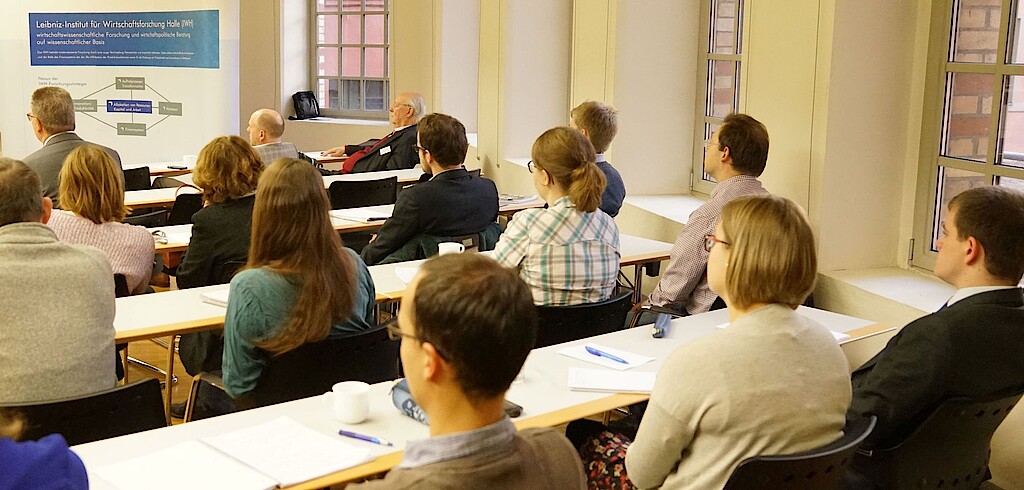
14:15 - 15:45
Virtual Lecture: The Supply Chain Economy: Understanding Innovation in Services
An active debate has centered on the importance of manufacturing for driving innovation in the U.S. economy. This paper offers an alternative framework that focuses on the role of suppliers of goods and services (the “supply chain economy”) in national performance.
Wer
Wo
We identify three conceptual attributes of suppliers that make them important for innovation: they produce specialized inputs; have more downstream linkages with other industries; and benefit especially from co-locating with their customers, creating externalities. Using the 2002 Benchmark Input-Output Accounts, we estimate a new industry categorization that separates supply chain (SC) industries (i.e., those that sell primarily to businesses or government) from business-to-consumer (B2C) industries (i.e., those that sell primarily to consumers). We find that the supply chain economy is a distinct and large segment of the economy that includes primarily service providers. The SC industries, especially traded services, have higher average wages than B2C industries. The supply chain economy also has higher innovative activity as captured by the concentration of the vast majority of STEM jobs (primarily in traded services) and patents (in manufacturing). Finally, we find that employment in the economy has evolved from manufacturing into two distinct types of services (1998–2015): SC Traded Services (with the highest STEM intensity and wages) versus B2C Main Street (with the lowest STEM intensity and wages).
To join the lecture via ZOOM, please contact Javier Miranda.
Ihr Kontakt

Leitung CBPD
Für Rückfragen stehe ich Ihnen gerne zur Verfügung.
+49 345 7753-750 Anfrage per E-Mail



